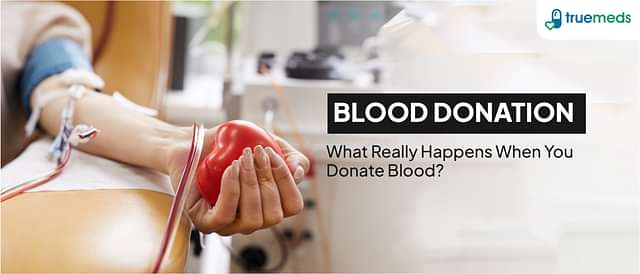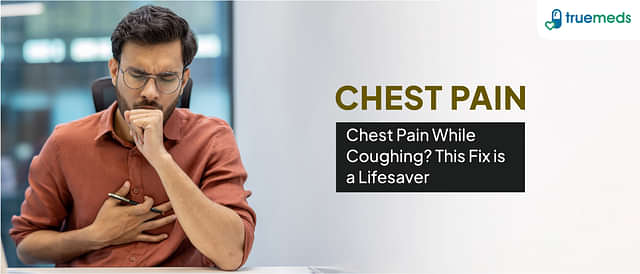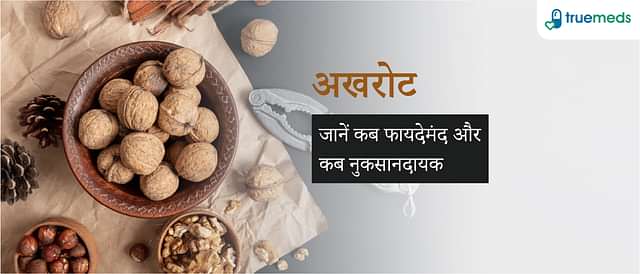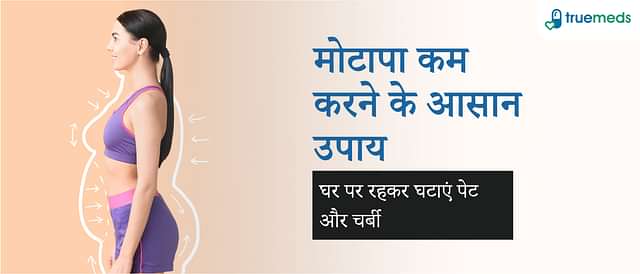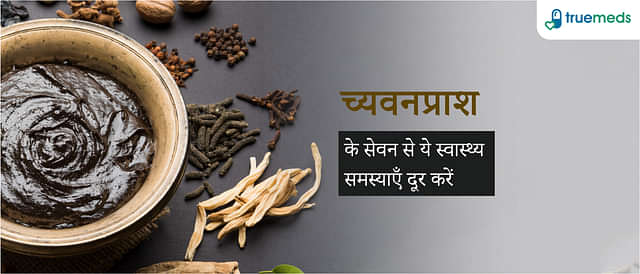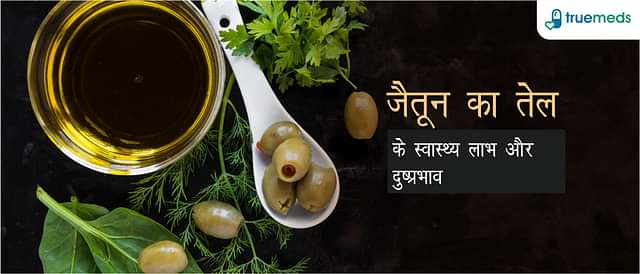The Painful State of Drugs and Prescriptions in India
Last updated on : 11 Jan, 2023
Read time : 7 min
Drugs or painkillers are like double-edged weapons that protect and destroy depending on their use or misuse. The two most important things in using a prescribed drug or a painkiller are its correct dosage and timing to get the best-desired result. Most common painkillers such as aspirin, ibuprofen, and naproxen are available without prescription to treat mild pain and fevers, and we consume these at our convenience. While opioids are commonly used painkillers that are available only with a doctor’s prescription. Improper or overuse of both non-prescriptive and prescriptive painkillers can increase the risk of life-threatening situations. Therefore, these medicines need to be used with utmost care under the strict medical supervision of qualified medical practitioners.
Before we detail the state of common prescription medicines in India, we need to state the misuse and abuse of drugs in India.
Misuse of Drugs in India
Drug misuse is generally associated with prescription drugs. Drug misuse occurs when the medicine is used for a purpose that is not following legal or medical guidelines. Examples include overdosage or untimely dosage, skipping, stopping dosage arbitrarily, and taking medicines that are not prescribed. Even the drugs that are underused due to cost issues or as a presumption to avoid side effects are also considered misused.
Most people in our country rely on shortcut methods of self-medication. Call it ignorance or negligence. They depend more on drug store sellers, neighbours, and friends for self-medication without knowing the profound health implications which follow.
It is universally acknowledged that every medicine has a side effect, mild or severe. Doctors take this into account while prescribing medications. But the people misusing the medicines may not understand the risk. The misuse or abuse of drugs, especially the common painkillers such as paracetamol and aspirin, have severe ill effects on human health, ranging from impairment of the brain to failure of vital organs such as the heart, liver, and kidney. Besides, the painkiller’s side effects involve multiple gastric problems, ulcers, vomiting, nausea, and drowsiness.
So, patients must take drugs carefully under strict medical supervision to avoid unwanted health conditions.
Read more– Best Long lasting topical pain relievers
Drug Abuse in India
Drug abuse is when prescription medicines, including painkillers, illicit drugs, or any psychoactive substances, are illegally consumed to get high or inflict self-harm. Misuse of prescription is also one of the approaches to drug abuse.
The abuse of drugs is more prevalent in developing countries like India, especially among illiterate sections and youths of society. After alcohol and tobacco, cannabis, heroin, opium, and hashish are the most commonly abused drugs in India.
The main contributing factors to drug abuse are escaping pain and easing stress. Furthermore, poor drug regulations and a lack of unbiased drug information on medicines equally contribute to irrational drug use in India. Not only are patients responsible for irrational drug use, but pharmacists, consumers, and even healthcare providers are equally involved.
However, drug abuse is a voluntary reaction, and it can be controlled as the person intentionally takes unprescribed medicine for a while but can easily stop using it. But in the case of continuous abuse of drugs, there can be impairment in self-control leading to an addiction state that may require rehabilitation to recover.
In India, drug abuse is a raging epidemic in the Punjab region, especially among youth. A study done by the Institute of Development and Communication stated that 70% of drug abusers were addicted to opium that they managed from village chemists.
To keep track of drug use in the nation, the government of India is implementing a National Action Plan for Drug Demand Reduction scheme that aims to educate, support, and provide rehabilitation centres and treatment facilities to drug addicts.
Cost-Dependent Treatment in India
In India, the cost of most medicines is fixed by the manufacturers or the importing firm. Further, the prices vary with the market conditions and forces. Only the essential or non-scheduled medicines detailed in the National List of Essential Medicines (NLEM) are available with price control. This list details only 384 drugs across 27 categories, yet approximately 60000 – 80000 brands of medicines are available in the Indian market. The high cost of other medicines or non-scheduled medicines has made the treatment of various common and rare diseases unaffordable to the poor and put a strain on the budgets of even middle-class people. The cost of medicines ranges from Rs 100 per day to Rs 1,00,000 per month, depending on the disease-modifying treatments. For this, earlier, only the branded medicines were promoted by the medical representatives to the medical practitioners, which were expensive and unaffordable.
Therefore, to make medicines cost-effective for patients and to manage the prescription medicines by the healthcare business, a new law was framed in 2017 for the medical council of India (MCI) to make it mandatory for doctors to prescribe medicines by their generic names.
Role of Generic Medicines in improving the state of Drugs in India
A generic medicine is a pharmaceutical product with the same properties as the original or patent product for dosage form, strength, route of administration, quality, safety, performance characteristics, and intended use. The purpose of publicising non-branded generic medicine is a robust policy response to boost access and affordability and decrease medicine costs.
Government’s action in managing generic medicines
The government of India launched Pradhan Mantri Bhartiya Janaushadhi Pariyojna (PMBJP) in 2008. It aims to provide quality and unbiased medicines to all sections of society. It also aims to educate people about generic medicines and clear the misconception that quality comes with a price.
Besides, drug information centres (DIC) in India are available for the healthcare community to provide accurate, unbiased, updated drug information for better patient care. These centres also provide drug information to patients on the appropriate, safe, effective, rational, and economical usage of medicines. You can visit your nearest drug information centre for details.
To promote generic medicines, as per government laws, online pharmacies have evolved as a cost-effective method to buy medicines at an affordable price. Besides, patients who are time constrained or have difficulty visiting a doctor due to work commitments can seek medical guidance, prescriptions, and generic medicines from online pharmacies having a team of experienced doctors at the back.
Frequently asked questions
Both generic and branded medicines have the same active ingredients in the same amount. Also, they provide the same therapeutic benefits. Besides, generic medicines are available at affordable prices than branded ones.
The doctor’s prescription must include the name, address, and any other legal information, such as the registration number. Besides, there should be only generic, non-proprietary, and pharmacological names only of the medicines in capital letters. Mentioning brand names of medicines is strictly prohibited.
Sharing the same prescription should be strictly avoided as the doctor prescribing medicines considers many factors while making a prescription.
It is safe to take medicines from online pharmacies, provided the website should have clear directions for filling or transferring your prescription. The website should clearly-stated privacy policies and other procedures. You should take medicine only after consultation with a doctor online.
Disclaimer
Our healthcare experts have carefully reviewed and compiled the information presented here to ensure accuracy and trustworthiness. It is important to note that this information serves as a general overview of the topic and is for informational purposes only. It is not intended to diagnose, prevent, or cure any health problem. This page does not establish a doctor-patient relationship, nor does it replace the advice or consultation of a registered medical practitioner. We recommend seeking guidance from your registered medical practitioner for any questions or concerns regarding your medical condition.
Popular Articles
Recommended Articles
Recent Articles
Top-Selling Medicines:
...View more
Top-Selling OTC:
...View more
Subscribe
Registered Office Address
Grievance Officer
Download Truemeds

Contact Us
Our customer representative team is available 7 days a week from 9 am - 9 pm.
v3.7.5
Our Payment Partners








































